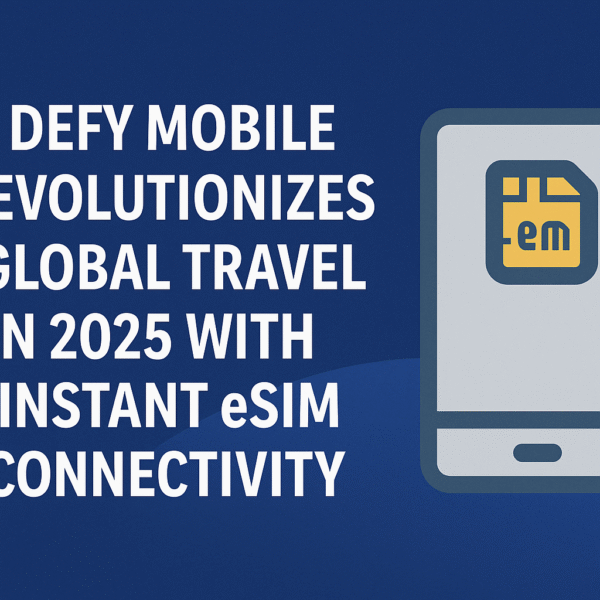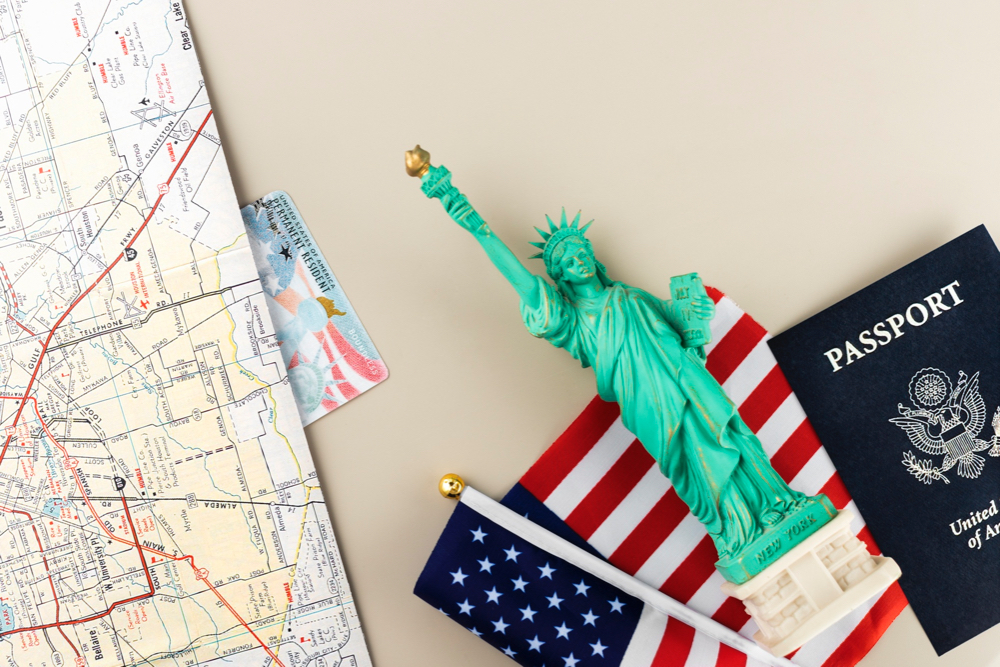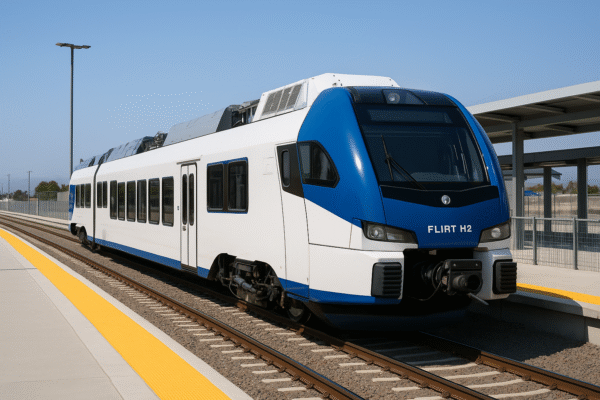As the United States pivots toward a more sustainable transportation future, hydrogen-powered trains are emerging as a game-changing innovation. These clean-energy locomotives promise to significantly reduce greenhouse gas emissions across the rail sector—marking a pivotal shift from diesel dependency to a future built on green mobility.
At the forefront of this transition is the San Bernardino County Transportation Authority (SBCTA), which will debut the nation’s first hydrogen-powered passenger train—FLIRT H2—in August 2025. This milestone is not just a technological achievement but a redefinition of rail travel and regional connectivity in the U.S., with far-reaching implications for tourism, infrastructure, and business travel.
Why Hydrogen Trains Matter for U.S. Sustainability Goals
Hydrogen fuel-cell technology offers a compelling alternative to diesel engines, emitting only water vapor and heat. In a country where passenger rail plays a growing role in climate-smart transit, hydrogen trains provide a scalable path toward net-zero emissions. However, realizing this vision demands a complete overhaul of legacy infrastructure—from refueling stations and tunnels to fire safety systems and maintenance depots.
Industry leaders including Jacobs Engineering, HDR Inc., and Ricardo LLC joined transportation officials at the 2025 APTA Rail Conference to address the complex operational and safety challenges of hydrogen-powered rail. From high-pressure fuel storage to tunnel ventilation modeling and first responder training, the move to hydrogen is as much about operational safety as it is about environmental stewardship.
“Hydrogen is a very clean fuel, but also requires special precautions,” said Martin Schroeder of Jacobs. “You can’t just swap out a diesel engine and plug in hydrogen. The entire ecosystem—from stations to staff to emergency protocols—must evolve.”
SBCTA’s Hydrogen Rail Blueprint: A National Model
SBCTA’s FLIRT H2 train is not merely a demonstration project; it’s a blueprint for the nation’s transition to zero-emission rail systems. Built in partnership with Swiss manufacturer Stadler, the train will operate on Southern California’s Redlands Passenger Rail line.
To support this initiative, SBCTA has constructed purpose-built hydrogen fueling and maintenance facilities featuring state-of-the-art safety technologies: gas leak detectors, automatic shut-off valves, explosion-proof panels, and airflow-controlled storage systems. These measures address the unique flammability and dispersion characteristics of hydrogen, especially in confined spaces like tunnels.
“The project isn’t just about choosing a green train,” emphasized Joy Buenaflor of SBCTA. “It’s about designing every element of the system—from fire protection to staff training—to align with hydrogen’s distinct requirements.”
Local fire departments have also been involved in simulation-based emergency preparedness drills to ensure rapid, informed response capabilities. “Hydrogen isn’t more dangerous than diesel, but it’s different,” said Marcin Taraszkiewicz of HDR. “We’re training teams to understand that difference.”
A Greener Future for Tourism and Business Travel
The ripple effects of hydrogen rail extend far beyond energy efficiency—they open new opportunities in tourism and green business travel. As states and cities expand clean transport infrastructure, eco-conscious tourists may increasingly favor rail over short-haul flights or car travel. Destinations connected by hydrogen rail will benefit from cleaner air, reduced congestion, and a new influx of travelers prioritizing sustainability.
For business travelers, hydrogen trains offer a low-emission alternative that aligns with corporate sustainability goals. Companies seeking to minimize their carbon footprint can incorporate green travel policies that encourage train use over flights for regional meetings and conferences.
Moreover, as additional hydrogen train routes are introduced across U.S. corridors, especially in high-density regions like the Northeast and West Coast, the travel landscape is set for a major evolution. Long-distance leisure routes and tourism-focused rail journeys may experience a renaissance akin to Europe’s rail revival—only this time, with a hydrogen twist.
Travelers’ Guide to the U.S. Hydrogen Rail Transition
- Know Your Routes: Hydrogen trains will roll out in phases. The FLIRT H2 will begin operations in Southern California, with other states expected to follow based on demand and infrastructure readiness.
- Support Eco Travel: Opt for hydrogen-powered trains when available to reduce your travel carbon footprint.
- Watch for Upgrades: As the network expands, expect upgraded stations, tunnels, and passenger facilities that support the new hydrogen ecosystem.
- Safety Comes First: Extensive safety procedures and first responder training mean hydrogen trains are just as safe—if not safer—than traditional models.
- Corporate Benefits: Hydrogen rail will serve as a greener alternative for intercity travel, especially appealing to ESG-conscious companies.
The Road Ahead: Building a Hydrogen Rail Network
While SBCTA’s FLIRT H2 marks a major milestone, the full-scale adoption of hydrogen-powered trains across the U.S. will take years. Federal and state-level investment in clean energy rail is vital to expanding this network. According to the U.S. Department of Energy, hydrogen fuel cell technologies will play a key role in the nation’s decarbonization goals through 2050, with rail expected to be a major focus area.
In April 2025, the Federal Railroad Administration (FRA) announced a $300 million grant program to support zero-emission rail initiatives, including hydrogen train pilots, safety research, and infrastructure development. These efforts echo global trends: Germany, France, and Japan have already operationalized hydrogen-powered trains with successful results.
Conclusion: Hydrogen Rail Travel Is the Future
The transition to hydrogen trains is not a distant fantasy—it’s already happening. With the first U.S. hydrogen passenger train set to launch in 2025, the rail industry is embracing a future of cleaner, smarter, and more sustainable transport.
From California to the Northeast corridor, hydrogen trains may soon redefine how Americans travel for work and leisure. For travelers, the message is clear: the future of U.S. rail travel is not only fast and efficient—it’s green.
For more travel news like this, keep reading Global Travel Wire













